Operating a dump trailer can be an intricate task that involves not just an understanding of the equipment, but also a keen awareness of safety protocols, maintenance checks, and operational best practices. This guide is structured to provide an in-depth, systematic approach to lifting a dump trailer effectively and safely, ensuring that you maximize efficiency and minimize risk.
Understanding Dump Trailers
What is a Dump Trailer?
A dump trailer is a specialized trailer designed for hauling materials such as sand, gravel, dirt, and construction debris. Its primary feature is a hydraulic lift system that allows it to easily lift and dump loads to a specified location. These trailers come in various sizes and configurations, suited for different types of loads and towing vehicles.

Key Components of a Dump Trailer
| Component | Description |
|---|---|
| Trailer Frame | The structural foundation that supports the load. |
| Hydraulic Cylinders | Provides the lifting power to raise and lower the trailer bed. |
| Tires and Axles | Support the weight of the trailer and ensure mobility. |
| Dump Bed | The container where materials are loaded. |
| Electric/Hydraulic Controls | Mechanisms to operate the hydraulic lift system. |
Safety Precautions Before Lifting
Inspect Your Equipment
Before attempting to lift a dump trailer, it’s crucial to conduct a thorough inspection of the trailer. This checklist should include:
- Visual Inspection: Check for visible damages or leaks.
- Hydraulic System: Inspect hoses and cylinders for fraying or leaks.
- Tires: Ensure that they are properly inflated and free of visible damage.
- Electrical Controls: Test controls for functionality.
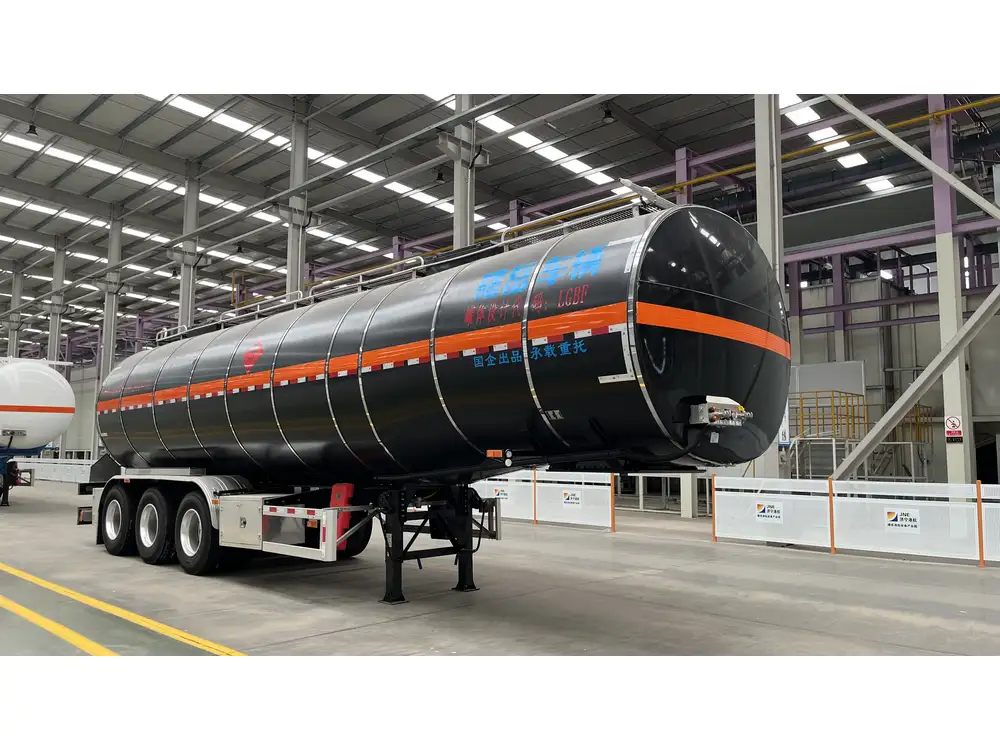
Know Your Load Limits
Understanding the weight capacity of your dump trailer is vital. Overloading can lead to equipment failure and unsafe operating conditions. Always refer to the manufacturer’s specifications regarding load limits.
Personal Protective Equipment (PPE)
Ensure that all operators and on-site personnel are wearing appropriate PPE, including:
- Safety glasses
- Steel-toed boots
- Hard hats
- High-visibility vests
- Gloves
The Lifting Process: Step-by-Step
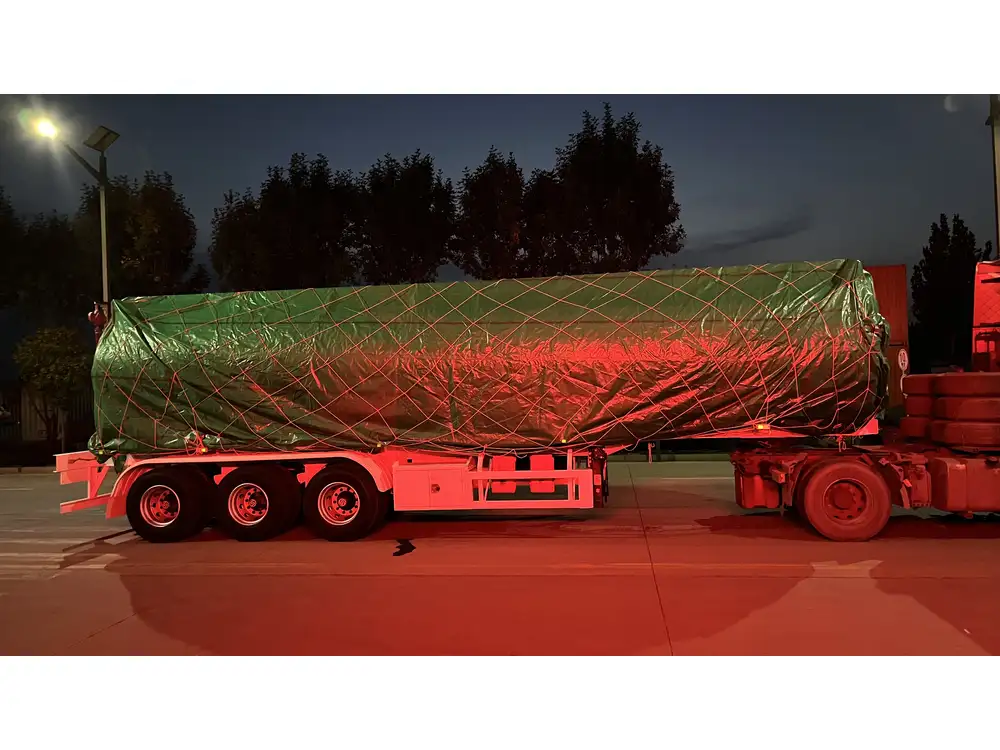
Step 1: Positioning the Dump Trailer
Before lifting, ensure that the trailer is positioned on a stable, level surface. Avoid slopes or uneven terrain, as these can affect the stability of the trailer during the lifting process.
Step 2: Mobilizing the Towing Vehicle
With the dump trailer connected to the towing vehicle:
- Engage the parking brake on the towing vehicle to prevent movement.
- Ensure that the vehicle is in a neutral gear and has been turned off prior to commencing the lift.
Step 3: Prepare for Lifting
Engage the hydraulic system by following these guidelines:
- Locate the Controls: Identify the hydraulic controls, which may be located on the towing vehicle or on the trailer itself.
- Check Fluid Levels: Verify that hydraulic fluid levels are adequate for operation.
- Ensure Area is Clear: Confirm that the surrounding area is clear of obstructions and personnel.
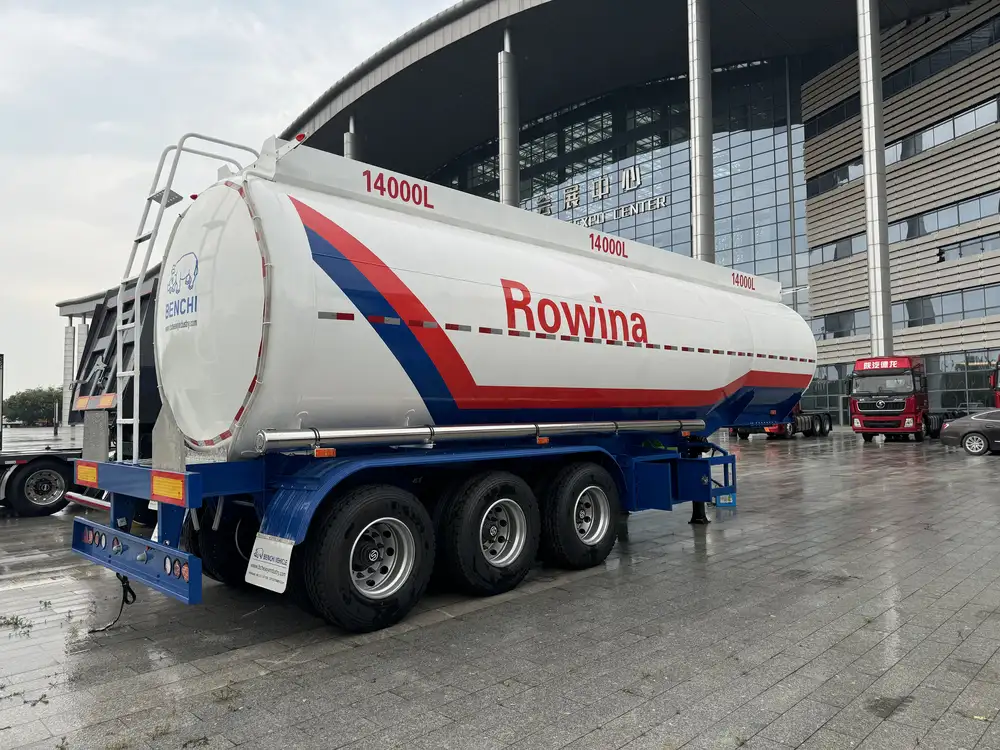
Step 4: Initiate the Lift
With everything in place, you can begin lifting the dump trailer:
- Activate the Hydraulic System: Gradually pull the lift control lever.
- Monitor the Lift: Continuously observe the process to ensure stability.
- Pause If Necessary: If you notice any irregularities, halt the operation and re-evaluate the situation.
Step 5: Achieving Maximum Height
Once the trailer reaches its maximum height, maintain vigilance to ensure that the load is secure and stable:
- Check Load Stability: Assess that the contents are not shifting which could lead to imbalance.
- Maintain Control: Keep hands clear of any moving parts during the lift.
Effective Dumping Techniques

Step 1: Identify the Dump Location
Choosing an appropriate dumping site is crucial. Factors to consider:
- Ground Stability: Ensure it can support the load being dumped.
- Access: Confirm that the approach to the site allows for easy maneuvering of the trailer.
Step 2: Release the Load
To release the load effectively:
- Position the Trailer: Align the dump trailer over the designated area.
- Lower to a Secure Level: Ensure the trailer is stable before beginning the dump.
- Control the Dump: Gradually lower the back end using the hydraulic controls to begin the release of the load.
Step 3: Flat Level Dumping
For a flat level dump, follow this method:
- Begin Gradually: Start the dump slowly to allow for an even spread of materials.
- Use Spotters: Utilize ground crew to facilitate proper load distribution if necessary.
- Observe Surroundings: Ensure no personnel are in the path of the dump.
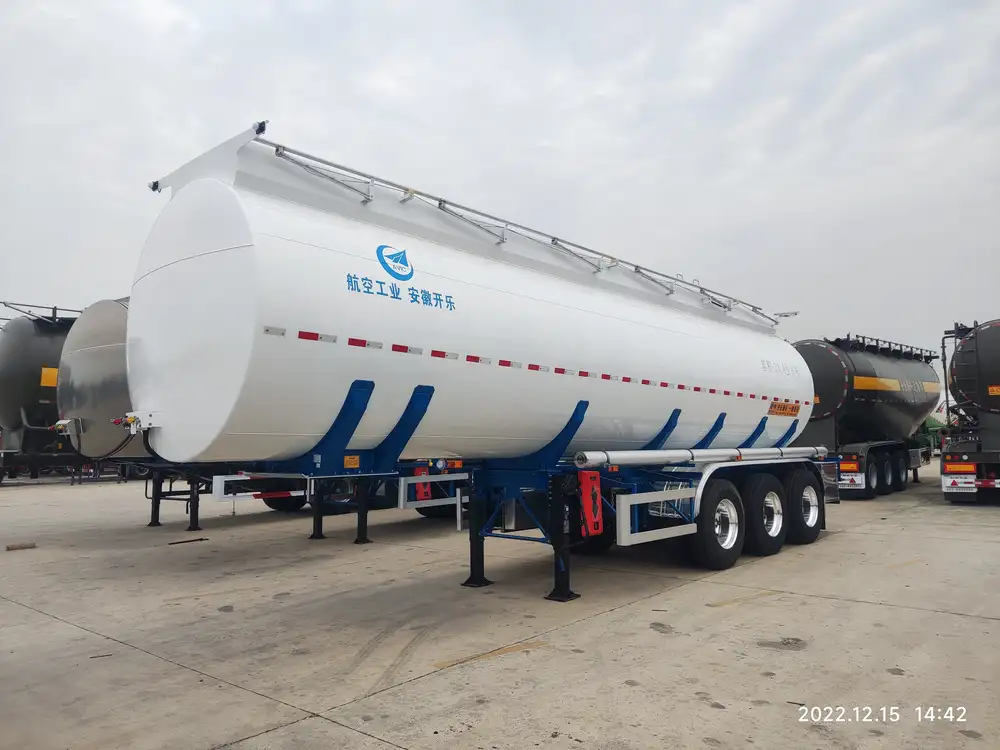
Step 4: Completing the Process
Post-dumping procedures are just as important:
- Return Trailer to Operational Position: Position the trailer correctly for any subsequent operations.
- Check Load Transfer: Assess if more dumping is needed and plan accordingly.
- Inspect for Damage: After dumping, conduct a quick inspection of the trailer.
Troubleshooting Common Issues
Air in the Hydraulic System
Hydraulic systems can sometimes develop air pockets, which can hinder performance. Here’s how to address this:
- Bleeding the System: Follow the manufacturer’s instructions for bleeding air from the lines.

Uneven Lifting
If the trailer lifts unevenly, check the following:
- Load Distribution: Ensure the load is evenly distributed.
- Hydraulic Fluid Levels: Verify that hydraulic fluid is at optimal levels.
Mechanical Failures
In the event of mechanical failures, take immediate action:
- Shut Off Power: Immediately turn off the hydraulic power to prevent accidents.
- Contact a Technician: If issues persist, enlist professional help for repairs.
Maintenance Tips for Longevity

Regular Inspections
Routine inspections should occur monthly or more frequently depending on usage. Focus on:
- Hydraulic hoses and connections
- Electrical systems and wiring
- Tires and brakes
Hydraulic Fluid Changes
Over time, hydraulic fluids can degrade or become contaminated. Schedule regular fluid changes to ensure optimal performance.
Cleaning and Rust Prevention
Regular cleaning of the trailer and undercarriage can prevent rust and increase the lifespan. Use appropriate cleaning agents and apply rust-resistant coatings as required.
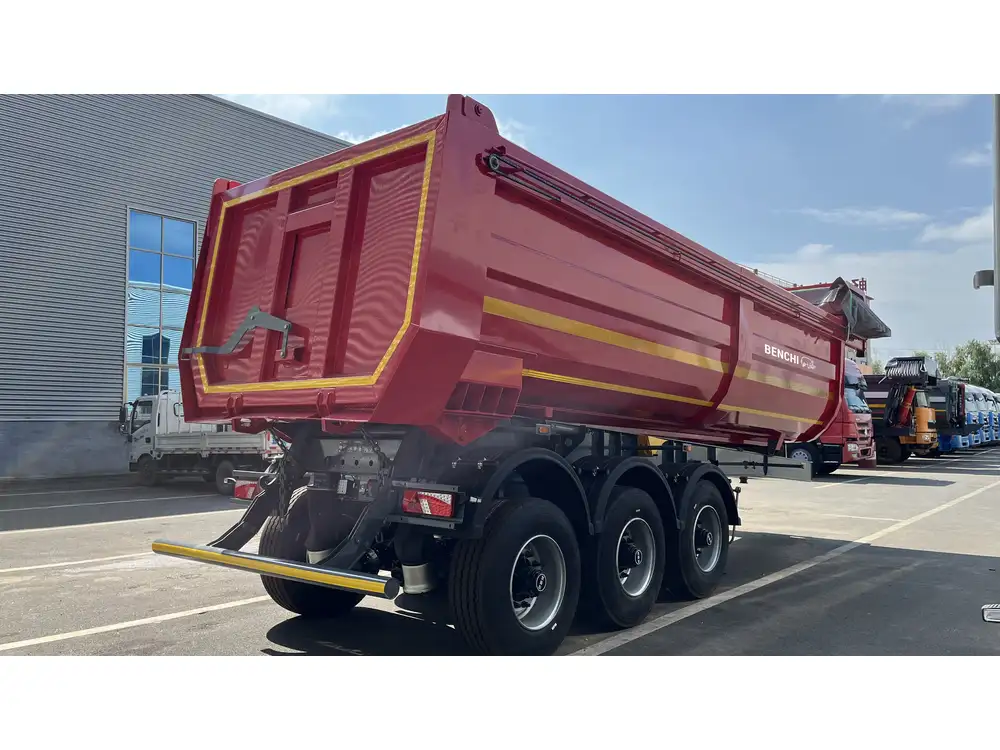
Conclusion
Mastering the art of lifting a dump trailer involves thorough preparation, adherence to safety protocols, and a proactive approach to maintenance. By following these detailed guidelines, operators can ensure efficient operations while maintaining a high standard of safety. Engaging with this knowledge not only empowers users but also reinforces a culture of responsibility and care within the industry. Through consistent practice and respect for equipment, operators minimize potential hazards and maximize productivity, leading to a successful and fruitful experience in managing dump trailers.
When it comes to lifting a dump trailer, diligence and skill are paramount. The process outlined here sets a foundational framework for effective operations, positioning you ahead in the industry.



